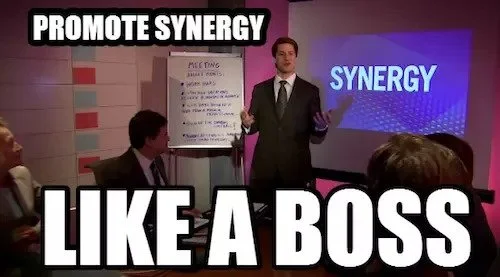Finding a Balance: Practicing Specific Music with Instrument Skills
It doesn't have to be a compromise!
Are you familiar with synergy? You may be thinking there has to be a compromise between practicing your instrument, and learning hard pieces. But actually, there’s a way to combine the two so you can learn music faster and achieve more.
Here’s how...
First, lets look at what it means to "practice your instrument" vs "learn a piece."
PRACTICING YOUR INSTRUMENT
Involves practicing skills & patterns, such as:
Scales
Long tones
Fingerings
Articulation & dynamics exercises
Arpeggios
The goal being to enhance your overall familiarity and comfort with your instrument. The more you work on these skills, the easier of a time you'll have as you continue to expand your repertoire. Often times you'll practice these in isolation, e.g. “I’m playing C Major scale now”. However, that will undoubtedly take time away from learning harder music pieces.
LEARNING HARD PIECES
Once you get into the more difficult aspects of music, if often requires specific learning:
How do you master a passage of difficult notes, or really feel that tricky rhythm?
Memorization can be challenge.
What about endurance or technical demands?
How do you handle performance issues like stage fright/confidence?
And just like the instrument skills, you'll try to focus on these tasks individually. It certainly seems to make sense, right? But trying to handle these in isolation will also waste time! So, how do we find create a balance? Where does synergy come into play?
COMBINATION = SYNERGY = SOLUTION
When we practice specific music, we should think about what skills are required to make that music work well, and practice with that in mind. When practicing instrument skills like scales or dynamics, we should think about playing them musically and relating it to music in our repertoire. Essentially working on both skills at the same time - playing through those harder musical pieces and growing your technical skills in one fell swoop!
So what would that look like? Let's break it down:
Identify your milestone goals for the piece. Something like:
Memorize the whole song.
Be able to perform difficult passage at target tempo.
Be able to play through the tiring section twice without failing.
Figure out how they relate to general instrument/music practice.
For memorization, think in terms of patterns. Is this just a C Major scale broken up in 3rds? That will help you practice it and memorize it. Singing helps with memorization too. Relate what you need to memorize, to what you already know!
Isolate the difficult passage and practice it in different keys, like you would with scales or arpeggios. Treat it as a basic musical pattern that helps you get better on your instrument.
Endurance is a real consideration! Train for it using more general patterns on your instrument, like long tones for winds/strings, or loud playing for most everyone. Build those general skills in service of your difficult piece.
Organize and schedule your “synergistic” practice solution.
Make a list of the synergistic practices you need to do.
Budget time for them.
Turn it into a timed playlist.
Basically your practice items would look something like: “Tricky part from Funk Etude - all keys” or “Scales - style of Sonata in C” - tackling the music and the skills simultaneously. However, tracking your progress through this can be a bit difficult to do on your own.
That’s why we built the Modacity music practice app - to help musicians structure and organize their practice sessions and track their progress along the way. Alternatively, you could use a practice journal or some other form of tracking your and organizing you practice. Regardless of the tool you decide to use, I can't stress enough how beneficial it is to stay organized.
The main take-away should be that you don't always need to break your practice into skills vs music. Sure there are times when you're still gaining familiarity, and you'll be better off staying focused on a particular item. But when your comfort level rises, you can really do yourself favor by finding creative ways to combine those aspects of your practice. Not only will it help your technique and save you time in the practice room, it will even help you enhance your creativity and over-all musicianship as you push your boundaries instead of sticking to simple repetition.

